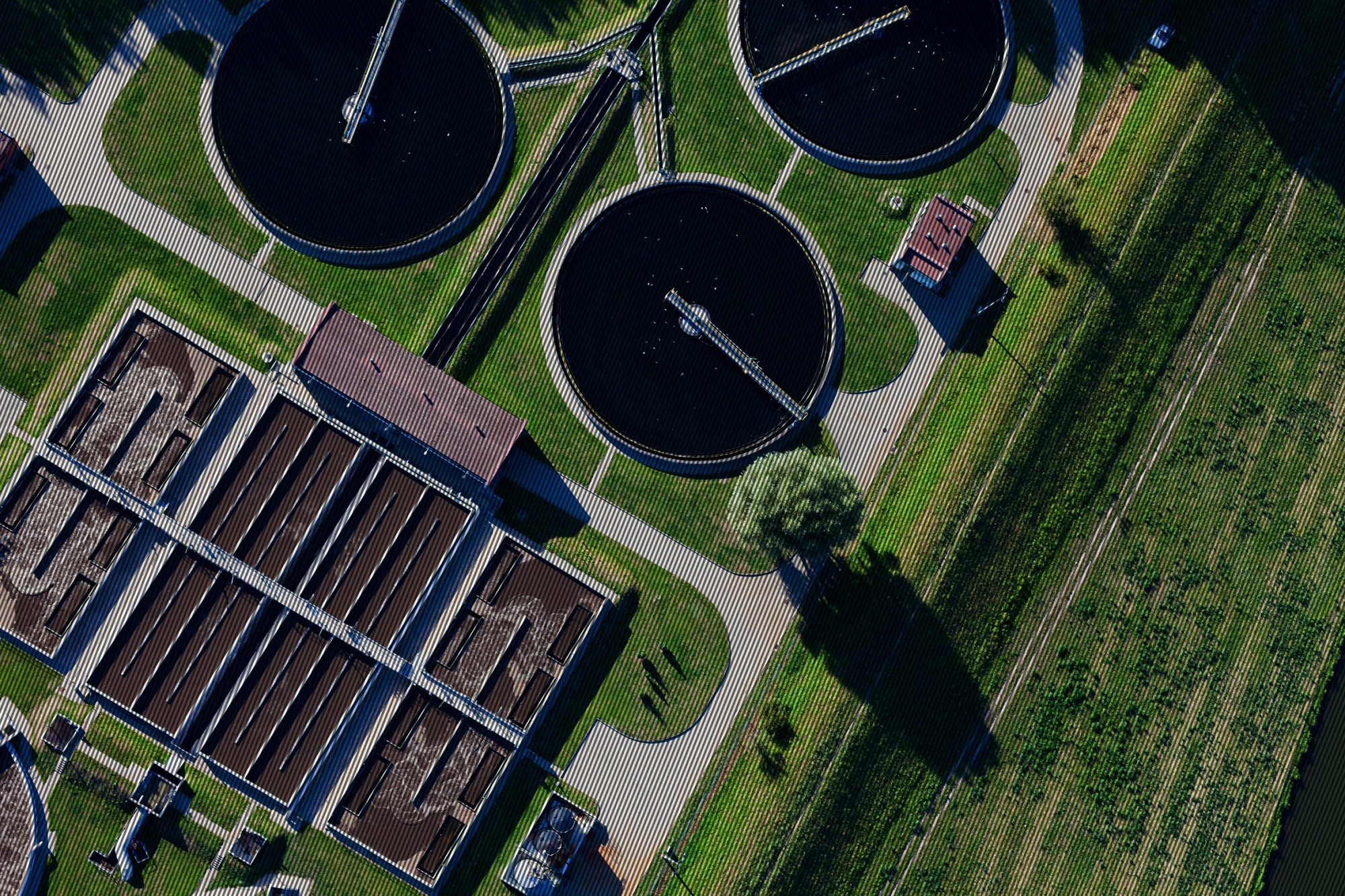25 janvier 2024
- Développement d'approches intégrées pour la récupération de nutriments et de vecteurs énergétiques à partir des eaux usées et des biomasses résiduaires / Soutenance HDR Cristian Barca
Date et lieu : le jeudi 25 janvier 2024 à 10h00 au M2P2, Grand Amphithéâtre du CEREGE, Technopôle de l'Arbois, Avenue Louis Philibert 13290 Aix en Provence.
Résumé : La mise en œuvre d’une économie circulaire dans les secteurs des eaux usées et des biodéchets représente aujourd’hui un enjeu de grande actualité pour les chercheurs et les professionnels dans le domaine de la gestion durable des ressources. En effet, la récupération de vecteurs énergétiques et matières premières secondaires à partir des eaux usées et des biodéchets peut représenter une solution durable pour surmonter la pénurie de ressources naturelles non renouvelables. En particulier, les eaux usées et les biomasses résiduaires telles que les boues d'épuration, les digestats de méthanisation et les lisiers d’élevage représentent des sources renouvelables de carbone organique et de nutriments tels que l'azote (N), le potassium (K) et le phosphore (P) qui peuvent être valorisés dans la production de biocarburants (e.g. biogaz, biohuiles) et d'engrais (e.g. précipités de N, K et P). Par conséquent, le développement de procédés innovants qui intègrent la récupération de vecteurs énergétiques et de nutriments lors du traitement des eaux usées et des biomasses résiduaires a reçu une attention croissante au cours de la dernière décennie.
Depuis l’obtention d'un doctorat en Génie des Procédés, mon activité de recherche a porté principalement sur le développement de procédés destinés au traitement et à la valorisation des eaux usées et des biomasses résiduaires, avec un accent particulier sur la récupération de nutriments et vecteurs énergétiques. Ces recherches ont ainsi contribué à l’avancement scientifique des connaissances sur les mécanismes sous-jacents aux phénomènes de conversion et de transfert, ainsi qu’à l’avancement technologique de la conception et de la mise au point des procédés. Dans le cadre de la préparation du diplôme d'Habilitation à Diriger des Recherches (HDR), cette présentation de soutenance portera sur une synthèse des travaux de recherche menés depuis l’obtention du doctorat. Enfin, la stratégie de recherche et quelques perspectives de recherches futures seront présentées.
Mots clés : Eaux usées, Biomasses résiduaires, Nutriments, Biogaz, Économie circulaire
Jury
Mme Alessandra CARUCCI, Professeur des Universités, Université de Cagliari (Italie), Rapporteur
Mme Véronique DELUCHAT, Professeur des Universités, Université de Limoges (France), Rapporteur
M Rémy GOURDON, Professeur des Universités, INSA Lyon (France), Rapporteur
M Florent CHAZARENC, Directeur de recherche, INRAE Lyon (France), Examinateur
M Eric RECORD, Directeur de recherche, INRAE Marseille (France), Examinateur
Mme Laure MALLERET, Maître de Conférences (HDR), Aix-Marseille Université (France), Examinateur
M Olivier BOUTIN, Professeur des Universités, Aix-Marseille Université (France), Tuteur
M Jean-Henry FERRASSE, Professeur des Universités, Aix-Marseille Université (France), Invité

